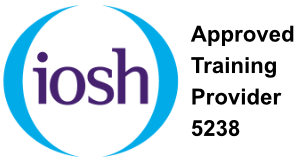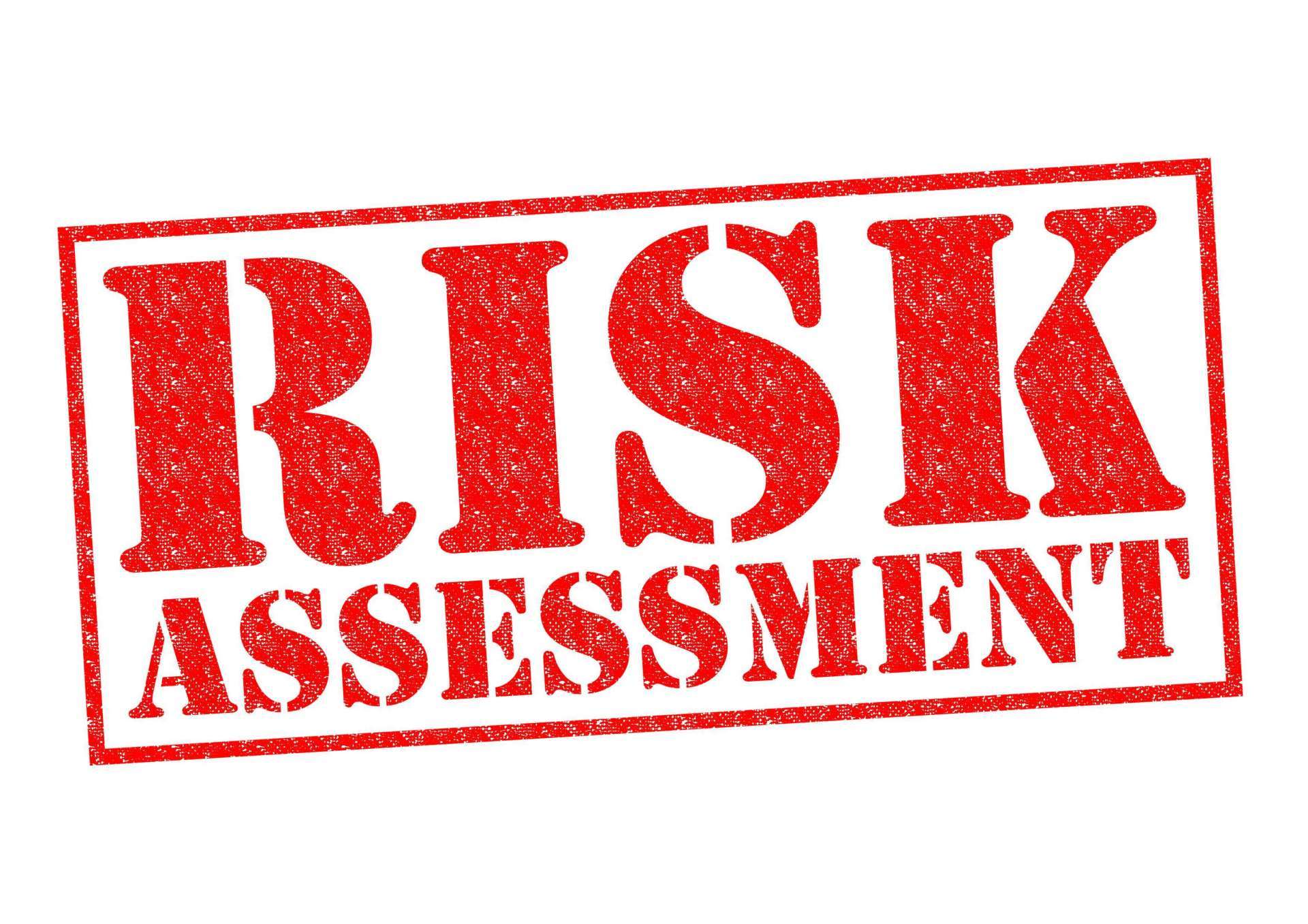What is a risk assessment?
Risk assessments are a means of making sure that all significant hazards in the workplace are managed by effective control measures. Conducting risk assessments allows a business to prioritise where time and money needs to be spent in order to provide a safe place to work. It is important to remember that risk assessments are a legal requirement if you have 5+ employees. If you don't have them in place, you could face prosecution and fines (The Management of Health & Safety at Work Regulations 1999).
A risk assessment is about deciding who might be harmed, judging the likelihood that something will go wrong, and how serious the consequences could be. Once you have fully understood the risks and how significant they are, you can then concentrate on controlling them. We will talk more about control in part 2 of this blog post.
When conducting risk assessments, it's always a good idea to involve other people in the risk assessment process; particularly the person who is involved in the job or process your assessing. They might know risks that aren't immediately obvious to yourself. This also helps to promote the health & safety culture in the business.
How do we complete a risk assessment?
There are 5 steps to a risk assessment:
- Identify the hazards
- Estimate the risk
- Evaluate the risk
- Record your findings
- Review your findings
Capturing this information will help you identify the significant hazards in the workplace, and then, through the process of assessment, decide on any new control measures that are needed.
Risk assessment forms are freely available online. If you would like a copy of what we use at Jewel Safety, please get in touch and we will send you ours free of charge.
Although you can complete the risk assessments yourself, you can also get help from someone who is appropriately qualified and trained.
The risk assessment process is quite simple, there are however some rules to follow:
- Your risk assessment needs to be suitable and sufficient. Remember that risk assessments are required by law, so take advice from someone with specialist knowledge where needed.
- Conducting a risk assessment and estimating risk and consequence isn't an exact science. Make sure you have all the necessary information available so that you can make the best judgement possible.
- Always involve the people who carry out the activities that you're assessing. They know exactly how the job is done and can give valuable insight into potential risks.
- Don't use generic risk assessments from other sites, or other companies. Each risk assessment should be done for a specific area or task.



